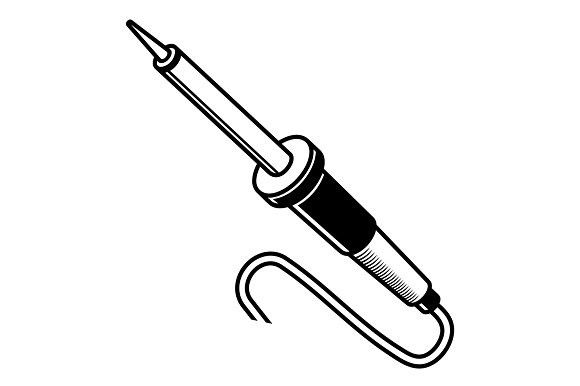- cross-posted to:
- [email protected]
- cross-posted to:
- [email protected]
This was the first time I’ve used a stencil and solder paste to build up a pcb. It was so much easier to get all the components aligned and soldered on the board (on the back, there are 38 0603 capacitors which are always time consuming to hand solder). After just had to clear a few bridges and added a little extra solder to U1.
Any tips on using solder paste? I tried it before but I feel like it just dried up when I heated it.
I’m not too familiar since it was my first time using it but from my research brand does matter as well as how old it is. The flux in the paste can dry out. I did notice that it worked better when I moved it around the board a lot towards the beginning, basically it was preheating so the paste melted easier. It did appear like it was drying before it went molten, so maybe your heat is not quite high enough or you’re not giving it enough time.
Also, keep the air flow on the low end and angled straight down. Otherwise some components might fly off the board.
If you happen to have photoresist and some spare etchant on hand. You can make your own stencils with a soda can. Use something like 600 grit on the outside surface, clean it shinny, don’t touch the inside at all, in fact protect it with some additional packing tape while sanding the outside. Then make your pads ~30% smaller than normal to compensate for how thicker aluminum will etch into the sides and slightly circularize each hole. Then etch with anything that will work with copper. Hydrochloric acid is nice because it is clear and easy to see through. The plastic liner on the inside of the can will flake off easily once the etch goes all the way through. Soda cans are the perfect thickness, and this makes it easy to do repairs or one off prototypes, especially when you are not doing a solder mask on a tighter footprint with traces under the chip near the pads.
I’ll have to keep this in mind if I ever go down the home PCB fabrication root.


